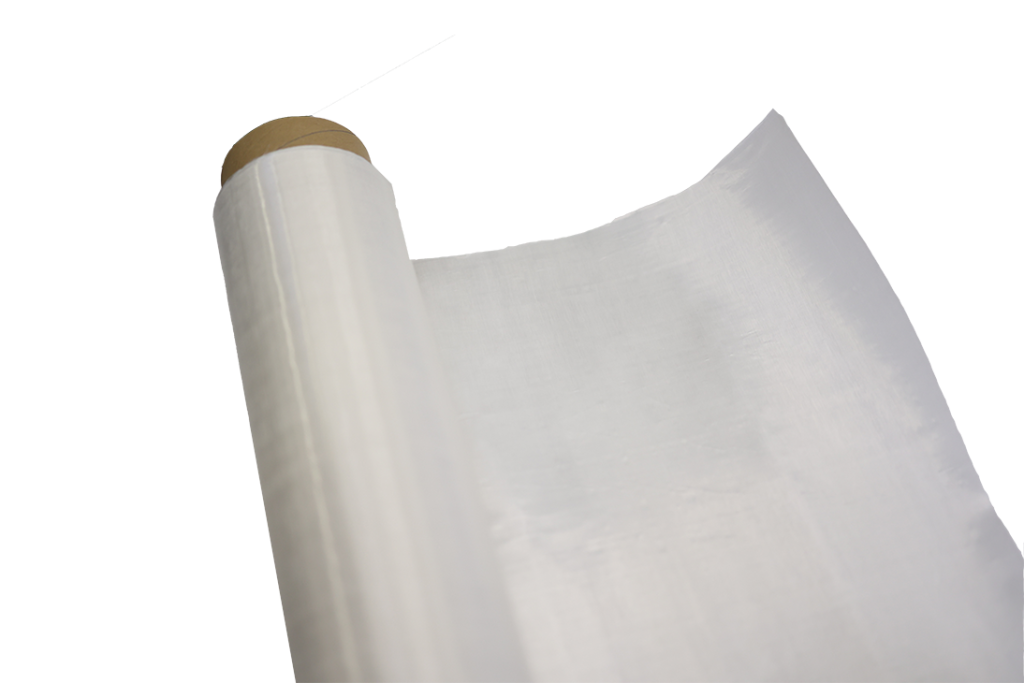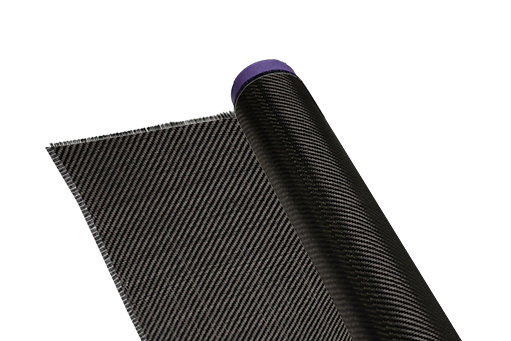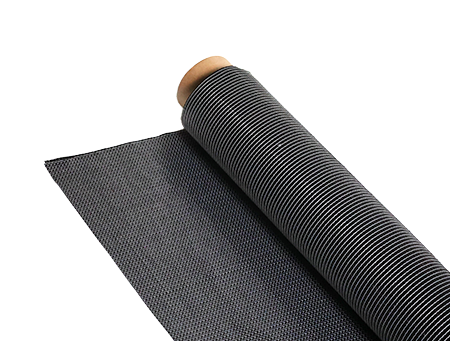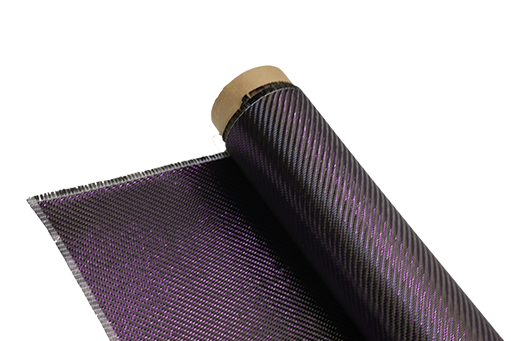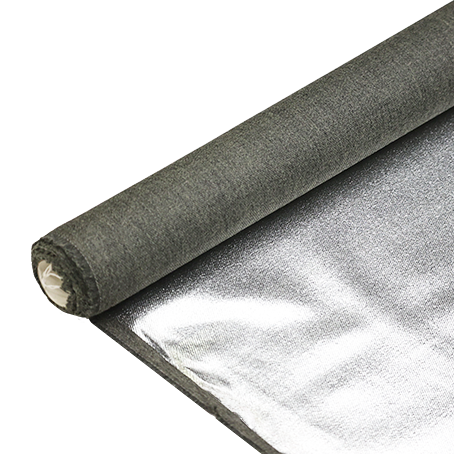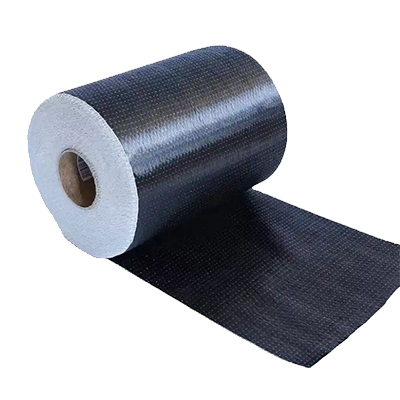Aerospace Material Forecast: Carbon Fiber Replacing Alloys
-
Table of Contents
“Elevating the Skies: Carbon Fiber Set to Outperform Alloys in Aerospace Innovation.”
The aerospace industry is undergoing a significant transformation as carbon fiber composites increasingly replace traditional metal alloys in aircraft manufacturing. This shift is driven by the need for lighter, stronger, and more fuel-efficient materials that can enhance performance and reduce operational costs. Carbon fiber offers superior strength-to-weight ratios, corrosion resistance, and design flexibility, making it an attractive alternative for various aerospace applications. As advancements in manufacturing techniques and material science continue to evolve, the forecast for aerospace materials indicates a growing reliance on carbon fiber, potentially reshaping the future of aircraft design and production. This transition not only promises to improve aircraft efficiency and sustainability but also poses challenges in terms of supply chain management, recycling, and material integration.
Carbon Fiber Advancements in Aerospace Applications
The aerospace industry is undergoing a significant transformation, driven by the need for materials that offer enhanced performance, reduced weight, and improved fuel efficiency. Among the various materials being explored, carbon fiber has emerged as a frontrunner, gradually replacing traditional alloys in numerous applications. This shift is not merely a trend; it is a response to the evolving demands of modern aviation, where every ounce of weight saved translates into substantial operational cost reductions and environmental benefits.
One of the primary advantages of carbon fiber is its exceptional strength-to-weight ratio. Unlike conventional alloys, which can be heavy and cumbersome, carbon fiber composites provide the same structural integrity at a fraction of the weight. This characteristic is particularly crucial in aerospace applications, where weight savings can lead to increased payload capacity and enhanced fuel efficiency. As airlines and manufacturers strive to meet stringent environmental regulations and reduce carbon emissions, the adoption of lighter materials like carbon fiber becomes increasingly imperative.
Moreover, advancements in carbon fiber manufacturing processes have significantly improved the material’s accessibility and affordability. Innovations such as automated fiber placement and advanced resin systems have streamlined production, allowing for more efficient and cost-effective fabrication of carbon fiber components. These developments have made it feasible for aerospace manufacturers to incorporate carbon fiber into larger structures, such as wings and fuselage sections, which were previously dominated by metal alloys. As a result, the aerospace sector is witnessing a paradigm shift, with carbon fiber becoming a viable alternative for critical components.
In addition to its weight-saving properties, carbon fiber exhibits excellent fatigue resistance and durability, making it an ideal choice for aerospace applications that endure extreme conditions. Unlike metals, which can suffer from fatigue over time, carbon fiber maintains its structural integrity even after prolonged exposure to stress and environmental factors. This resilience not only enhances the lifespan of aircraft components but also reduces maintenance costs, further solidifying carbon fiber’s position as a preferred material in the industry.
Furthermore, the versatility of carbon fiber allows for innovative design possibilities that were previously unattainable with traditional alloys. The ability to mold carbon fiber into complex shapes enables engineers to create aerodynamically efficient structures that optimize performance. This design flexibility is particularly advantageous in the development of next-generation aircraft, where aerodynamic efficiency is paramount. As manufacturers continue to explore the potential of carbon fiber, we can expect to see increasingly sophisticated designs that push the boundaries of aerospace engineering.
However, despite its numerous advantages, the transition from alloys to carbon fiber is not without challenges. The initial costs associated with carbon fiber production and the need for specialized manufacturing techniques can pose barriers to widespread adoption. Additionally, the recycling and sustainability of carbon fiber composites remain areas of ongoing research, as the industry seeks to address environmental concerns associated with composite waste.
In conclusion, the advancements in carbon fiber technology are reshaping the aerospace landscape, offering a compelling alternative to traditional alloys. With its superior strength-to-weight ratio, durability, and design flexibility, carbon fiber is poised to play a pivotal role in the future of aviation. As manufacturers continue to innovate and overcome existing challenges, the integration of carbon fiber into aerospace applications will likely accelerate, leading to more efficient, sustainable, and high-performing aircraft. The ongoing evolution of materials in the aerospace sector underscores the importance of adapting to new technologies and embracing change, ultimately paving the way for a more advanced and environmentally responsible aviation industry.
The Economic Impact of Carbon Fiber on Aerospace Manufacturing
The aerospace industry is undergoing a significant transformation as carbon fiber increasingly replaces traditional metal alloys in manufacturing. This shift is not merely a trend; it represents a fundamental change in how aircraft are designed, produced, and maintained. The economic impact of this transition is profound, influencing various aspects of the aerospace supply chain, production costs, and overall market dynamics.
To begin with, carbon fiber composites offer a remarkable strength-to-weight ratio, which is crucial in aerospace applications. By reducing the weight of aircraft, manufacturers can enhance fuel efficiency, leading to lower operational costs for airlines. This reduction in weight translates directly into economic benefits, as airlines can save on fuel expenses, which constitute a significant portion of their operating costs. Consequently, the adoption of carbon fiber materials can lead to a more sustainable business model for airlines, allowing them to allocate resources more effectively and potentially pass savings on to consumers through lower ticket prices.
Moreover, the manufacturing processes associated with carbon fiber are evolving, which further impacts the economic landscape. While the initial costs of carbon fiber materials can be higher than those of traditional alloys, advancements in production techniques are driving down these costs. Automation and improved manufacturing technologies are making it possible to produce carbon fiber components more efficiently, thereby reducing labor costs and increasing output. As these processes become more refined, the overall cost of carbon fiber components is expected to decrease, making them more accessible to a broader range of manufacturers.
In addition to cost savings, the durability and longevity of carbon fiber components contribute to their economic appeal. Unlike metal alloys, which can corrode and require regular maintenance, carbon fiber is resistant to environmental degradation. This characteristic not only extends the lifespan of aircraft components but also reduces maintenance costs over time. Airlines can benefit from lower maintenance schedules and fewer replacements, which can significantly enhance their profitability. As a result, the long-term economic advantages of carbon fiber are becoming increasingly apparent, encouraging more manufacturers to invest in this innovative material.
Furthermore, the shift towards carbon fiber is also influencing the global supply chain dynamics within the aerospace sector. As demand for carbon fiber components rises, new suppliers are emerging, and existing manufacturers are adapting their operations to accommodate this change. This evolution is fostering competition, which can lead to innovation and further cost reductions. Additionally, the growth of the carbon fiber market is creating new job opportunities in research, development, and manufacturing, contributing to economic growth in regions that specialize in aerospace production.
However, it is essential to acknowledge the challenges that accompany this transition. The initial investment required for new manufacturing equipment and training personnel to work with carbon fiber can be substantial. Smaller manufacturers may find it particularly challenging to make this shift without significant financial support or partnerships. Nevertheless, as the aerospace industry continues to embrace carbon fiber, it is likely that collaborative efforts and government incentives will emerge to facilitate this transition.
In conclusion, the economic impact of carbon fiber on aerospace manufacturing is multifaceted, encompassing cost savings, enhanced efficiency, and the potential for job creation. As the industry moves towards a future dominated by carbon fiber composites, the benefits will likely extend beyond individual manufacturers to the broader economy, fostering innovation and sustainability in aerospace. The ongoing evolution of materials in this sector underscores the importance of adaptability and forward-thinking strategies in navigating the complexities of modern aerospace manufacturing.
Environmental Benefits of Carbon Fiber Over Traditional Alloys
The aerospace industry is undergoing a significant transformation as it increasingly embraces carbon fiber composites in place of traditional metal alloys. This shift is not merely a matter of performance and efficiency; it also carries substantial environmental benefits that are becoming increasingly critical in the context of global sustainability efforts. As the world grapples with the pressing challenges of climate change and resource depletion, the adoption of carbon fiber materials in aerospace applications presents a promising avenue for reducing the industry’s ecological footprint.
One of the most notable environmental advantages of carbon fiber over traditional alloys is its weight-to-strength ratio. Carbon fiber composites are significantly lighter than aluminum and titanium alloys, which translates into reduced fuel consumption for aircraft. Lighter aircraft require less energy to achieve and maintain flight, leading to lower greenhouse gas emissions. This reduction in fuel consumption is particularly important in an industry that is responsible for a considerable share of global carbon emissions. By utilizing carbon fiber, manufacturers can produce aircraft that are not only more efficient but also contribute to a decrease in the overall environmental impact of air travel.
Moreover, the production process of carbon fiber can be more environmentally friendly compared to that of traditional alloys. While the initial manufacturing of carbon fiber does require energy-intensive processes, advancements in technology are leading to more sustainable production methods. For instance, the development of recycling techniques for carbon fiber composites is gaining traction, allowing for the repurposing of materials that would otherwise contribute to landfill waste. In contrast, the extraction and processing of metals for alloys often involve significant environmental degradation, including habitat destruction and high energy consumption. Thus, as the aerospace industry continues to innovate, the potential for carbon fiber to be produced and recycled sustainably becomes increasingly viable.
In addition to the benefits associated with production and weight, carbon fiber composites also offer enhanced durability and longevity. Aircraft components made from carbon fiber are less susceptible to corrosion and fatigue compared to their metal counterparts. This durability not only extends the lifespan of aircraft but also reduces the frequency of repairs and replacements, which can be resource-intensive processes. Consequently, the use of carbon fiber can lead to a decrease in the overall demand for raw materials, further alleviating the environmental pressures associated with resource extraction and processing.
Furthermore, the shift towards carbon fiber aligns with the aerospace industry’s broader commitment to sustainability and innovation. As regulatory bodies and consumers alike demand more environmentally responsible practices, the adoption of carbon fiber composites represents a proactive approach to meeting these expectations. By investing in materials that offer both performance and environmental benefits, aerospace manufacturers can position themselves as leaders in sustainability, ultimately enhancing their brand reputation and market competitiveness.
In conclusion, the transition from traditional alloys to carbon fiber composites in the aerospace sector is not only a technological advancement but also a crucial step towards a more sustainable future. The environmental benefits of carbon fiber, including reduced fuel consumption, sustainable production practices, enhanced durability, and alignment with industry sustainability goals, underscore its potential to revolutionize aerospace manufacturing. As the industry continues to evolve, the integration of carbon fiber materials will play a pivotal role in shaping a more environmentally responsible aviation landscape, ultimately contributing to a greener planet for future generations.
Q&A
1. **Question:** What are the primary advantages of carbon fiber over traditional alloys in aerospace applications?
**Answer:** Carbon fiber offers higher strength-to-weight ratio, improved fatigue resistance, and better corrosion resistance compared to traditional alloys, leading to lighter and more efficient aircraft designs.
2. **Question:** What challenges does the aerospace industry face in transitioning from alloys to carbon fiber?
**Answer:** Challenges include higher manufacturing costs, the need for specialized production techniques, limited recycling options, and the requirement for extensive testing and certification processes for new materials.
3. **Question:** How is the demand for carbon fiber expected to change in the aerospace sector over the next decade?
**Answer:** The demand for carbon fiber is projected to increase significantly due to the push for more fuel-efficient aircraft, advancements in manufacturing technologies, and growing interest in reducing overall aircraft weight.The aerospace material forecast indicates a significant shift towards carbon fiber composites as they increasingly replace traditional metal alloys in aircraft manufacturing. This transition is driven by carbon fiber’s superior strength-to-weight ratio, corrosion resistance, and potential for improved fuel efficiency. As advancements in manufacturing processes and cost reductions continue, carbon fiber is expected to dominate the aerospace materials market, leading to lighter, more efficient aircraft designs and enhanced performance in the aviation industry.

